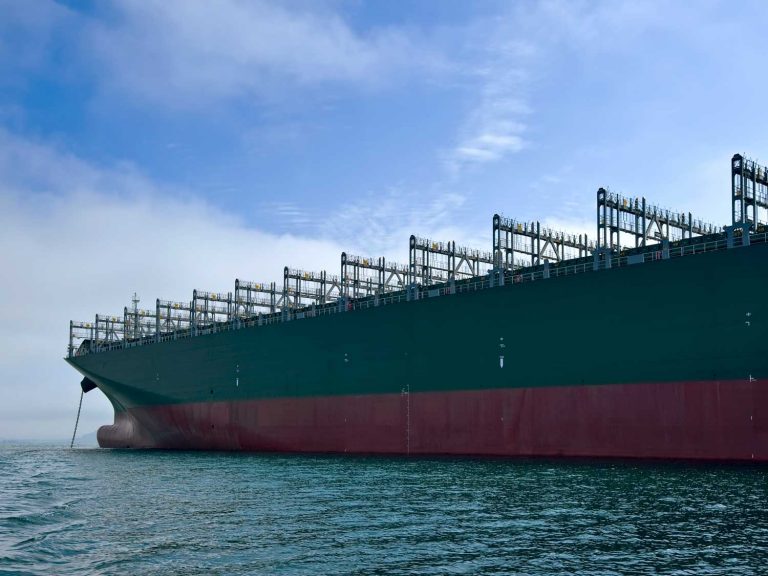
Date:
Container shortage intensifies
Finding an empty container in Shanghai, Ningbo, Yantian or any other major Chinese gateway port, is becoming a major problem, yet again, as Asian container availability is tightening, and purchase and rental costs are soaring, and equipment will become even scarcer as demand builds through May into the peak season.
Continuing and sustained demand for containerised shipping and the COVID-related difficulties of handling such large volumes, means the current equipment imbalance will continue to deteriorate.
The relentless pace of container shipping trade since the summer of 2020 is not easing and this is reflected in equipment shortages in Asia and elsewhere on a global scale. And we expect availability will be restricted even further in the coming weeks, as the ripple effect of the Suez Canal closure further disrupts container shipping services and equipment repositioning, as shipping lines struggle to realign schedules and relocate their vessels.
Equipment is tied up on ships waiting outside ports around the world and from extended dwell and transit times on the land side, meaning shipping lines are expecting the availability of empty containers in Asia to remain tight for another six to eight weeks.
Chinese exports were up 31% in March year over year, which was actually a slowdown from the 61% increase recorded during the first two months of the year.
The vast import volumes hitting European and US ports has overwhelmed terminals at times, with vessels being delayed for weeks outside US ports and on-time performance of carriers falling to just 11% (that’s 89% off schedule) compared with 57.6% in 2020.
Average prices for used 20’ containers in China increased 94% between November 2020 and March 2021 and the urgent demand for boxes in Shanghai has increased the cost of a new container by 64%.
Even with prices increasing around 1.4m teu of new containers were delivered in the first quarter, of 2021 and full-year production could be more than 4.7m teu which, even though that would be a record year for new container production, it would be unlikely to put a dent in the acute equipment shortages around the world.
As we’ve explained in previous communications the lack of empty containers is a direct result of the carriers’ responses to COVID – in blanking voyages when China locked down, followed by the deployment of larger and additional ships in response to the unexpected and unpredictable demand, which created a vicious cycle of yard congestion at ports globally.
As terminal and inland congestion worsened, the carriers began to cut and run at ports, leaving empties and laden export containers on the terminal, which only made port congestion worse and is likely to be a recurring theme in 2021.
Maersk said in a recent customer advisory that equipment shortages remained an industry-wide challenge in Asia, with a tight equipment situation across a wider range of China ports, as well as Busan in Korea, without enough 40-foot high cube containers to cover demand forecasts, with Shanghai and Ningbo facing the greatest impact.
Metro negotiate rate and volume agreements with a wide range of carriers across all three alliances, which means we can access the widest pool of equipment and offer shippers the biggest range of service offerings, port-pairings and rates.
Our fixed validity contracts provide supply chain security and peace of mind, but the best contracts cannot magic empty equipment, when there is no availability. Which is why it is critical that you give us advanced notice of pending shipments, so that we can secure space against contract and have time to source the equipment you need.
For further information on the current situation and guidance on what you can do, to protect your supply chain, contact Grant Liddell, who will talk to you about your situation.
